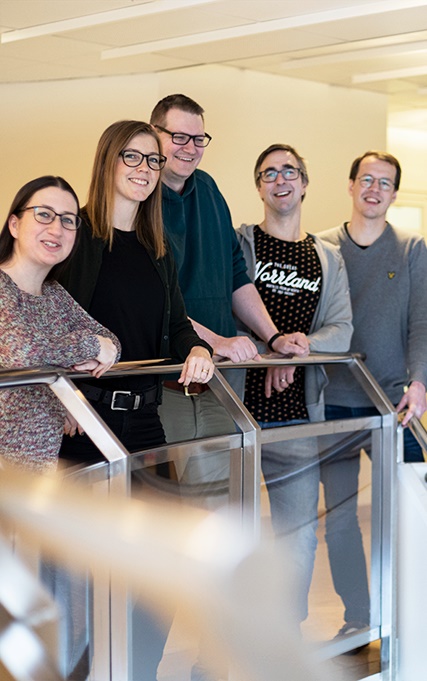The 5 biggest myths about learning and learning methods: Can you become the best in the world at something if you practice for 10,000 hours?

You’ve probably heard it before: that some people learn best by reading a book, while others have to watch a video to absorb the same information. However, there is reason to question several statements when it comes to learning methods and how we can learn in the most efficient way. Here is a list some of the most common myths.
1. There is only one learning method that suits you
This is perhaps the most persistent myth and several flaws in this claim were addressed already back in 2010 in a research report by Cedar R Reiner and Daniel Willingham. In fact, there are no scientific studies that show you have a learning style that suits you best. Meanwhile, surveys show that as many as 95% of survey respondents in the United States believe that there are specific learning styles that suit us best. The model that is often used as a starting point is called VARK and stands for Visual, Audio, Reading and Kinesthetic.
The research is largely in agreement: whether you think you learn most easily and effectively through visual communication, text, video, or by listening to a lecturer, it’s nowhere near the truth. There is scientific evidence that the use of multiple learning styles in learning gives the best results - that is, if you can combine reading, with visual and interactive learning, you will remember what you have learned best.
2. You learn with the right or left hemisphere of the brain
Another popular myth is that our learning is based on whether our left or right brain is dominant. What is usually said is that the left brain is detail-oriented and more quantitative, while the right tends to focus on creativity and intuitive thinking.
And of course it is true that our different brain hemispheres are good at different things - however, there are various studies that show that we tend to use our brain hemispheres about equally.
3. The 10,000-hour rule
Surely that’s a intriguing thought? That anyone can be good at anything, as long as you spend 10,000 hours practising? This idea is described in the book “Outliers: The Story of Success” by Malcolm Gladwell and also found in the psychologist Anders Ericsson’s research. It is based on the fact that exactly 10,000 hours of practice on one and the same task is enough for you to become the best in the world in a specific field.
However, a Princeton University study found that deliberate practice can only make you successful in areas that are built up by very specific structures where the rules never change, such as tennis, chess or classical music. In almost all other fields, there are other variables to take into account - which means that 10,000 hours in the vast majority of cases is not enough to become the best in the world.
4. Your intelligence is predetermined at birth
We tend to think of intelligence as something you either have or don’t have, and a common myth we want to dispel is that your intelligence quotient (IQ) is predetermined from birth. Namely, a growing body of research shows that our intelligence can, in fact, increase over time. Research by Stanford psychologist Carol Dweck shows that our beliefs about intelligence can actually affect our effort, and in turn, our performance. That is, if you believe that you are not intelligent enough to solve a particular problem, the chances of you actually succeeding will decrease.
If you want to know how you can practice your intelligence, there are a lot of different tricks to use. In Armenia, for example, they have introduced chess as a compulsory subject in school. Whether it actually improves the intelligence of students we leave to the future to tell, but surely it is an exciting thought? However, many studies seem to agree that continuous learning has certain effects on intelligence.
5. We only use 10% of our brains capacity
Have you ever heard that we only use 10 percent of our brain capacity? Although this saying makes people think of their untapped potential, it should be considered an analogy, rather than a scientific fact. While it’s true that different parts of our brains have specific functions, that doesn’t mean we don’t use them all at different times. Our brain is responsible for our movement and balance, breathing, heart rate and solving math problems, and not infrequently we use these functions at the same time.
In fact, most of your brain is active almost all the time, even when you sleep. So, while this idea may sometimes motivate participants to perform better, it is not scientifically true.
With these myths about learning behind you, you as an educator can respond to them in the right way and create a platform and environment that is beneficial for your course participants.





